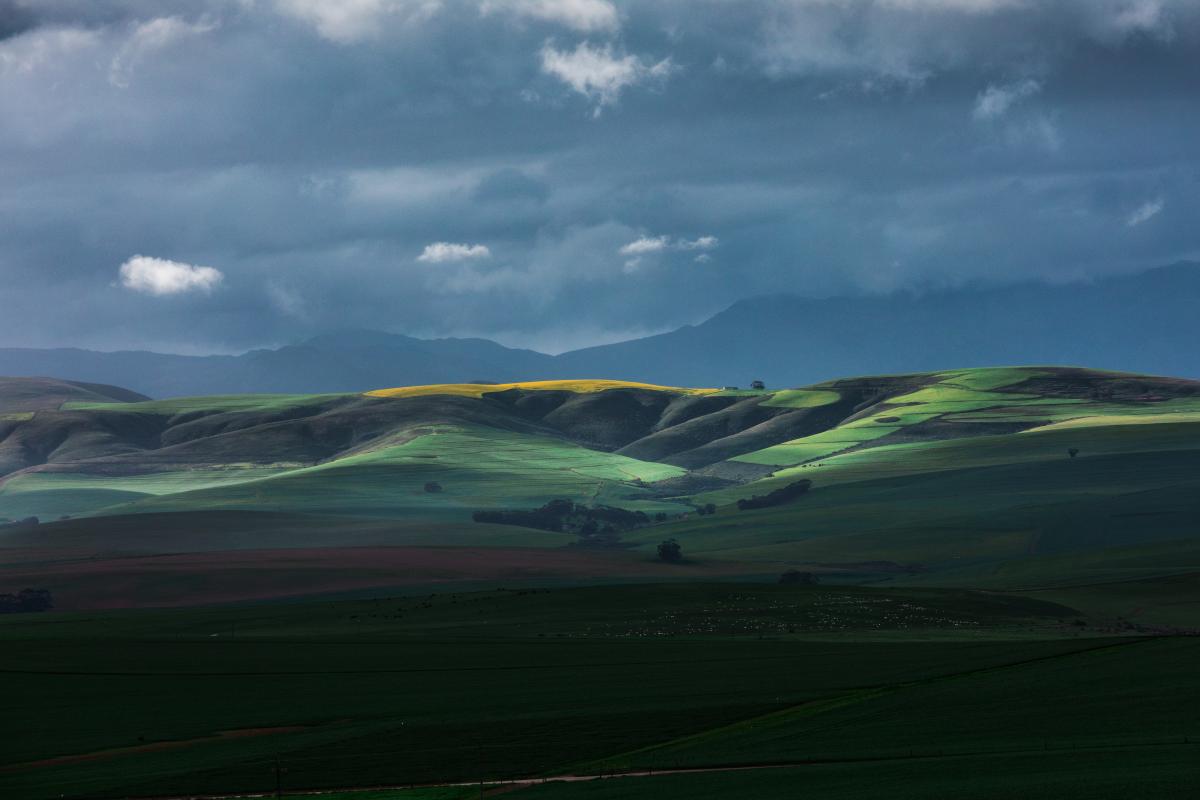The Western Governors' Association, Chaired by Colorado Governor Polis, has spearheaded an initiative focused on geothermal technologies, culminating in the publication of the report: The Heat Beneath Our Feet. This report recognizes the vast potential of geothermal in the West, both for power generation and heat and cooling. This initiative involved rigorous stakeholder engagement which identified barriers to rapid geothermal expansion and deployment, and the report outlines vital policy recommendations to address these.
Bryant Jones, Executive Director of Geothermal Rising comments: “decarbonizing residential and commercial buildings by using geothermal heating and cooling systems and geothermal heat pumps will significantly reduce carbon, save consumers money, create jobs, and improve public health. Hydrogen, direct air capture, lithium and critical mineral recovery, securing a stable and decarbonized electric grid, efficient and carbon-free air conditioning, and the push to electrify everything will only succeed with geothermal. It is exciting to see that Governor Polis and the WGA realize this fact.”
One vital recommendation in the WGA report is risk mitigation programs for geothermal well drilling and exploration. The United States created energy risk mitigation programs after the oil crises in the 1970s which resulted in significant growth for geothermal across the United States in the 1980s. The geothermal industry needs these programs restarted. Additionally, the WGA report recognizes the need for geothermal to be eligible for the same tax credits as other energy technologies such as deducting intangible drilling costs, defined as costs related to drilling that have no salvageable value, from the income tax of geothermal companies.







